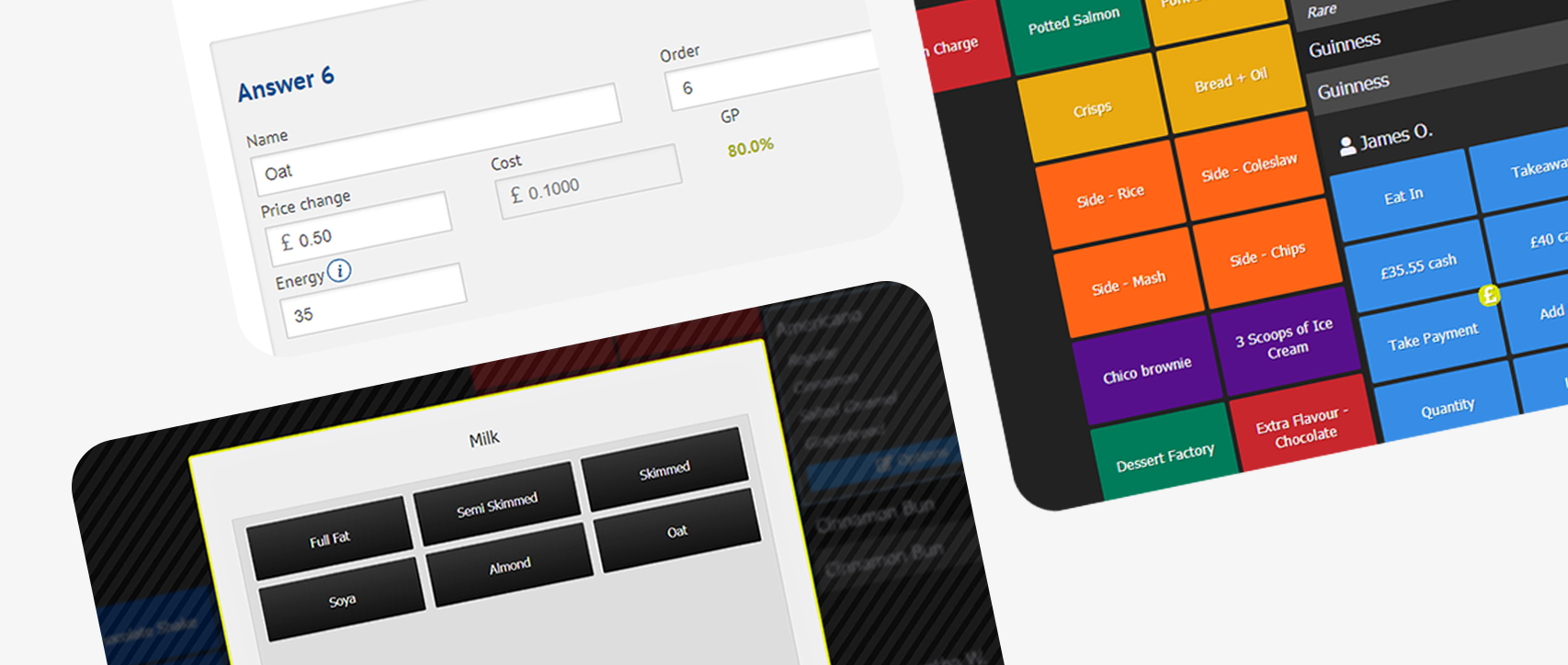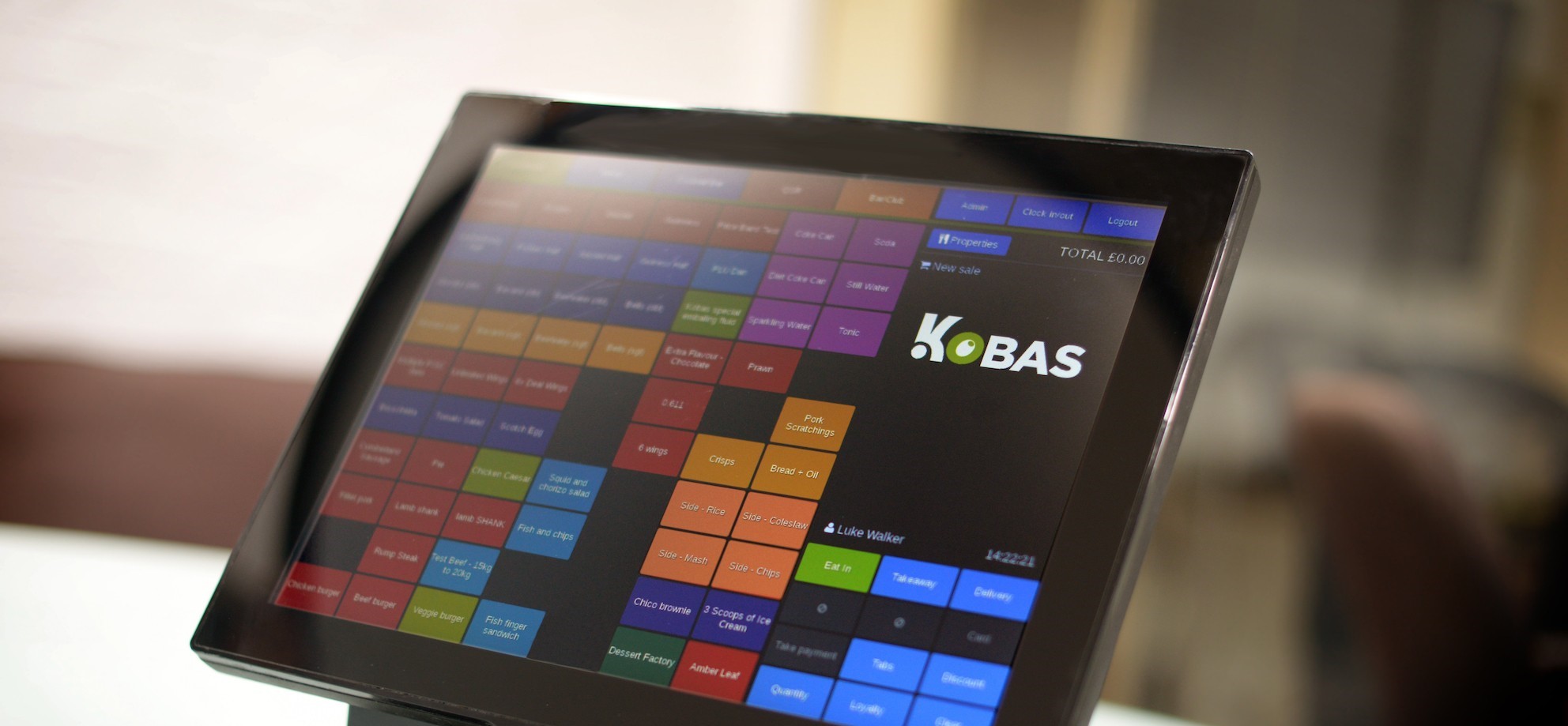The importance of a well-trained restaurant team cannot be underestimated. Whether they’re providing excellent customer service or managing a tightly run kitchen, training is the backbone of productive, efficient restaurant operations.
Maybe you’re starting a new restaurant, or your existing restaurant needs a training makeover. Either way, this guide to restaurant staff training explains how and why you should develop a robust staff training program. We’ve even included an onboarding template to use for new servers.
What are the benefits of restaurant staff training?

- Increased efficiency and productivity: Rather than asking supervisors or more experienced staff questions every hour, fully trained restaurant employees can be autonomous at work, leading to a more efficient and productive chain of operation.
- Consistent customer experience: Whether you run a restaurant or a call centre using progressive diallers, a consistent experience for your customers and clientele is important. With comprehensive training, your staff are all on the same page about what level of tone of service is required.
- Reduced turnover: Many restaurants experience high staff turnover levels, but by committing to employee development, you can boost employee satisfaction. That means less turnover and less time spent hiring and training new staff.
- Adaptable, flexible staff: Whether it’s a change in menu or a change in technology, providing ongoing training means you can keep your staff in the loop. An ongoing training culture in your restaurant will also help your staff become more adaptable to necessary changes.
- A confident team: Training boosts confidence. Your staff will feel more comfortable working as a team and individually when they feel confident in their duties.
5 steps to building a restaurant staff training program

1. Identify training needs
You can’t run a training program until you know what skills and knowledge are required of your staff. The first step is to identify the training needs required for various roles throughout your business. These might be:
| Front-of-house (servers and hosts): Customer service Menu knowledge Tableside etiquette Upselling techniques Handling complaints and conflict Safety and hygiene EPoS technology | Back of house (chefs and kitchen staff): Food safety and hygiene Time management Equipment operation Culinary skills Plating, portion sizes, and handling special requests Allergen, dietary and nutritional information Kitchen technology such as Kitchen Display Systems |
| Bartenders: Mixology and beverage knowledge Responsible serving practices Conducting stock takes and line checks Customer service EPoS technology | Managers and supervisors Leadership Financial management Performance evaluations Operational procedures Guest relations and complaints Management tools such as restaurant reporting software Rota creation software |
2. Develop training materials

Next, you’ll need to create training materials to aid you and your staff in your training sessions. These might include:
Training manual: Just as a call centre training manual would include everything from escalation rules to outbound calling tips, your restaurant training manual should be the go-to guide for your staff. Provide PDF copies to new starters and have a few physical copies to hand in your restaurant for reference.
Presentations: At various points in your training schedule, you may need to present important or new information to your staff. Have pre-prepared slideshows ready to use and adapt.
Videos: Some aspects of training, like health and safety, may be best shown in a pre-recorded video. Creating videos that guide employees through essential training, ideally videos that are filmed in the restaurant itself, can save time for your trainers, and staff can even do some training remotely. Tip – Create short, accessible training videos on specific topics.
Quizzes: A simple way to ensure that the information delivered in your training sessions has been taken on is to run a quiz at the end of each module. These quizzes will test employee knowledge based on what they’ve just been trained on.
Roleplaying activities: Skills like customer service or performance evaluations are often best learned by doing. Build roleplaying activities into your training modules so that staff can practice and be tested on their skills within real-world scenarios.
3. Create a training schedule

Your training schedule should have two key components: onboarding training and ongoing training. The former is for new staff and should have a tight schedule based on how many days into working for your restaurant a new staff member is, while the latter might be scheduled at intervals throughout the year or when new menus are developed.
| Day 1 | Orientation and introduction |
| Morning | Welcome: Introduce new staff to the team, including managers and front and back-of-house staff. Onboarding: With a manager or HR, fill out the necessary paperwork and any required info from your HR checklist. Tour: Give new staff a full tour of the premises, including dining and kitchen areas, fire exits, restrooms, storage, and any other relevant areas. |
| Afternoon | Uniform and equipment: Give new staff any uniform or name tags as well as equipment like pens and notepads. Shadowing: Start your new staff member off with an experienced member of staff, letting them shadow that employee for the rest of the day. |
| Day 2 | Food safety and customer training |
| Morning | Food safety training: Using materials like videos and quizzes, cover essential food safety information, such as personal hygiene or storage procedures. Menu rundown: Now, it’s time for new staff to learn your menu. Go through every element of the menu, including ingredients and allergens, as well as preparation methods. Provide a handout or PDF with this info for them to revise at home. |
| Afternoon | Customer service training: Provide training that covers how you provide excellent customer service in your restaurant. This might include communication skills and upselling techniques as well as how to handle customer complaints. |
| Day 3 | Operational procedures |
| Morning | EPoS systems: Most restaurants use a POS (point of sale) system, and front-of-house staff need to understand it fully. This training should cover order entry and taking payments. It should also cover any other In-Venue technology used to assist service staff, such as Mobile POS and Kitchen Display Systems (KDS). Software providers will often have their own training guides to help your new members of staff and will often provide system training as an additional service. Cash handling rules: Your new staff should finish this training with a strong understanding of your cash-handling policies, which usually include opening and closing bills and handling tips. |
| Afternoon | Operational overview: Your opening and closing procedures and cleaning tasks are typical parts of the operational training that your front-of-house staff should receive. Emergency procedures: Now, it’s time to review safety protocols, including fire safety and first aid requirements. |
| Day 4 | Practice and review |
| Morning | Hands-on practice: It’s time to send your new staff onto the restaurant floor to practise serving. They should be supervised during this by trainers who can jump in to assist if necessary. Feedback: After some hands-on practice, provide feedback to your new employee. Praise them on what went well and offer constructive tips on what could be improved. |
| Afternoon | Evaluation: This is a great time for quizzes or tests to ensure that the new employee has understood all the training they have received. Final Q&A: Finally, give your new staff a chance to ask you any other questions they may have, and remind them of the resources available to them. |
4. Assign trainers
In smaller restaurants, the manager or owner may do all the training themselves. But it’s also common to assign training roles to supervisors or experienced team members, especially those who best understand the different elements of the business, such as the technology in use, company ethos, and even the restaurant branding.
Choose team members who have the experience and skills that make them useful mentors for the rest of your team. Ideally, choose trainers from each area of your restaurant—front-of-house, back-of-house, bar, and management.
Make sure that your trainers have all the information and resources they need. Equip them with the materials you’ve created, or better yet, allow them to co-create materials so that their expertise shows, too.
5. Regularly evaluate and adjust
Your restaurant isn’t a static business. Your training procedures shouldn’t be either. You should evaluate the relevance and effectiveness of your training modules and materials on a regular basis.
Some tactics for assessing and updating your restaurant training program might be:
Get regular feedback: Solicit feedback from staff and managers, as well as customers to address any problems with existing training. Regular reviews with your staff, as well as incentivised surveys for customers, are an easy way to gather this feedback.
Update materials and methods: Don’t let that training manual get too dusty or repeat the same methods for training year in and year out. Conduct annual or bi-annual reviews of your materials and methods and be prepared to adjust them based on the feedback you’ve received.
Offer targeted training: You might discover via feedback that your current team is missing some crucial training. While you can build this into your ongoing training, consider running specific training sessions to cover skill gaps so you can provide the best restaurant experience. You might decide to offer personalised one-to-one training, or hold group training days at the restaurant.
Make every moment count in your restaurant
Staff training in restaurants isn’t a one-time thing and nor should it cover only the basics. Instead, you should make ongoing training and staff development an essential part of your work culture to drive operational efficiency and essentially, happy guests and staff!
This guide has covered the essentials for restaurant training so that you can oversee a skilled and productive team. Beyond this guide, think of ways you can upskill your staff and open avenues for career development through your training program. A well-trained staff member won’t just provide great service; they’ll have the support and encouragement to stick around and pass that on to new members of staff too.
Want to see the Kobas system in action?
Kobas enables teams across the hospitality industry to manage all areas of the business, from one connected and complete system.


